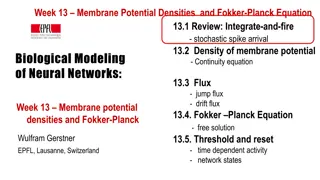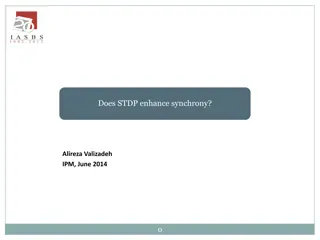Exploring the World of Lycophyta: Club Moss and Spike Moss
Lycophyta, comprising club mosses and spike mosses, are ancient seedless vascular plants with differentiated root, stem, and leaves. They reproduce through sporophylls bearing sporangia and show convergence with flowering plant features. With about 1,200 species in existence, lycophytes have a rich evolutionary history dating back to the Lower Devonian period. This class includes genera like Lycopodium, Selaginella, and Isoetes, with unique structural characteristics and reproductive strategies.
Download Presentation

Please find below an Image/Link to download the presentation.
The content on the website is provided AS IS for your information and personal use only. It may not be sold, licensed, or shared on other websites without obtaining consent from the author.If you encounter any issues during the download, it is possible that the publisher has removed the file from their server.
You are allowed to download the files provided on this website for personal or commercial use, subject to the condition that they are used lawfully. All files are the property of their respective owners.
The content on the website is provided AS IS for your information and personal use only. It may not be sold, licensed, or shared on other websites without obtaining consent from the author.
E N D
Presentation Transcript
Plants of this class are known as club moss or spike moss The plant body of club mosses is differentiated into root, stems and root. Sporangia are formed on sporophylls. These sporophylls are not scattered on stem institute their present instead they are present in groups at tip of plant.
Habitat Habitat- - Club Moss Club Moss
Habitat Habitat- - Spike Moss Spike Moss
Lycophyta Lycophyta- - general characters general characters This class has a long evolutionary history and is represented both by extant and extinct genera. This group first originated during the Lower Devonian period of Palaeozoic Era. The Lycophytes are the oldest of the seedless vascular plants that have living representatives. Their structural features show convergence with taxa on the line leading to the flowering plants. Leaves, wood, trees, and reproductive structures that resemble seeds evolved in both lineages. There are about 1,200 species today in three lycophyte families: Lycopodiaceae, Selaginellaceae, and Isoetaceae. This class is represented by five living genera : Lycopodium, Selaginella, Phylloglossum, Styhtes, and Isoete and fourteen extinct genera Asteroxylon, Baragwanathia, Lepidodendron, Sigillaria etc.
General General charactres charactres (a)The sporophyte plant body is differentiated into definite root, stem and leaves. (b) The sporophytes are dichotomously branched. (c) The leaves are usually small and microphyllous. (d) The xylem in stem exarch. (e) Sporangia are borne singly on the adaxial (upper) surface of the sporophylls. (f) The spores may be of either one type i.e., homosporous (e.g., Lycopodium) or two types i.e., heterosporous (e.g., Selaginella). (g) The spores develop into independent gametophyte.
Lycophyta Lycophyta- - Structure of strobilus Structure of strobilus
Life cycle of Life cycle of heterosporous genera heterosporous genera























